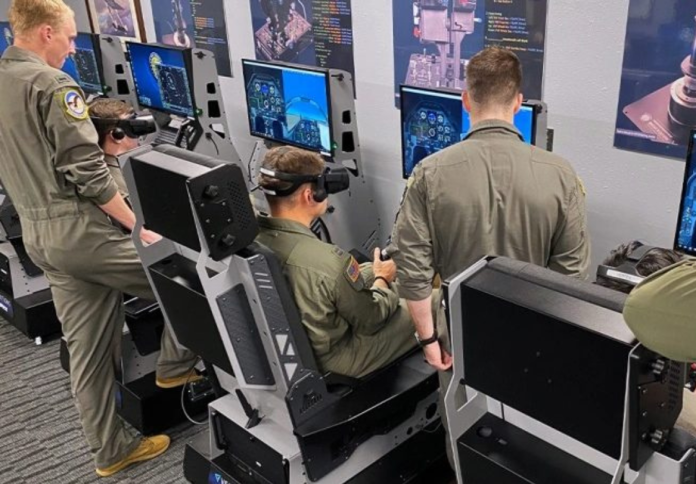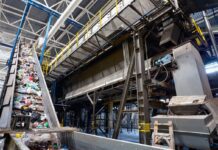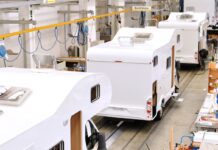
Media Release
The organisation supplies helicopter and jet flight training simulators to the United States Air Force, Army and Navy, as well as England’s Royal Airforce, changing elite pilot training and revolutionising the world’s most famed fighter pilot and weapons schools.
Managing director Chris Ryan said clients across the United Kingdom, Europe, the Middle East, Asia, North America, South America and Australia were jumping aboard the realistic, robust, accurate and cost-effective helicopter flight simulators available for civil, military and emergency applications.
And it all started with a Gold Coast helicopter flying lesson, and Lego.
On a family holiday to the Gold Coast, Ryan took his first helicopter flying lesson. Returning home, he was determined to practise his skills, so invented a simulator.
He saw a need for helicopter simulators that were better than gaming equipment, but without the exorbitant costs of high-end simulators.
“The very first prototype was made with a gaming joystick that literally pulled apart, re-wired and integrated into an office chair with a lot of gaffer tape and dodgy welding,” Ryan said.
“When I wanted to design new concepts, I did use Lego which I commandeered from my parent’s place. However, as time went on, I taught myself how model using 3D Computer Aided Design (CAD) packages so now, I’m afraid, the Lego has taken a back seat and gone back to grandkids.”
Ryan Aerospace hit the afterburners when it exhibited its first virtual reality trainer at a trade show in Rome in 2012, followed by Ryan making the permanent move to the Gold Coast.
“The Gold Coast is a great location for a business like ours,” Ryan said.
“We are close to all our support services such as fabricators, laser cutters, powder coaters, electrical suppliers…It’s also close to universities which is a great place to get advice and source talent. Finally, it’s just a great place to live. The lifestyle is just fantastic.”
As a pioneer in the new generation of flight training devices that leverage virtual and mixed reality technologies, the company has been on a high-speed climb ever since the move.
“We could see very early on that this type of technology was going to be a game-changer and industry disrupter,” Ryan said.
“One headset, worth less than $1,000, could replace many screens, projectors, projector domes and PCs, all while providing a really realistic and immersive experience.
“Something else you get with Virtual Reality that you can’t get with screens out front or projection domes is 3D stereoscopic depth perception, which provides yet another layer of immersion and realism.
“We are now working on mixed reality solutions where some of what you see in your headset is virtual reality and some of it is real. This is especially useful for allowing the trainee to interact with controls and instruments in the cockpit.”
Ryan Aerospace continues to supply a series of contracts awarded in 2021 for nearly 300 jet fighter and helicopter training simulators to the US Air Force.
The simulators form part of the innovative new program, known as “Pilot Training Transformation,” to combat the US Air Force’s shortage of pilots and flight instructors who could deliver one-on-one training to the students.
As part of a consortium, Ryan Aerospace won the job over multi-billion-dollar competitors by developing a modular and reconfigurable flight training simulator that could be modified to represent a number of different fixed-wing and rotary-wing aircraft.
Coupled with a learning management system, the simulators allowed the flight school to switch from a “teacher-centred” model to more of a “learner-centred” training model, or, where students, with the help of a virtual instructor, could virtually teach themselves.
Ryan said the military market had since taken off, also adding the extra bonus of trainee fighter pilot safety.
Among other contracts, Ryan Aerospace supplies more than 30 HELIMOD Mark III helicopter simulators for the US Army at Fort Rucker, Alabama, which is the world’s largest helicopter training facility.
The company also supplies virtual reality helicopter simulators for the Royal Australian Navy.
“Preparing students for flight in the simulator is proving very valuable and is seen as a way to reduce risk in the real aircraft due to the fact that students are already familiar with the cockpit, the procedures, the flight controls, the rules around the airfield,” Ryan said.
A version of this first appeared in: NewsLeads




















